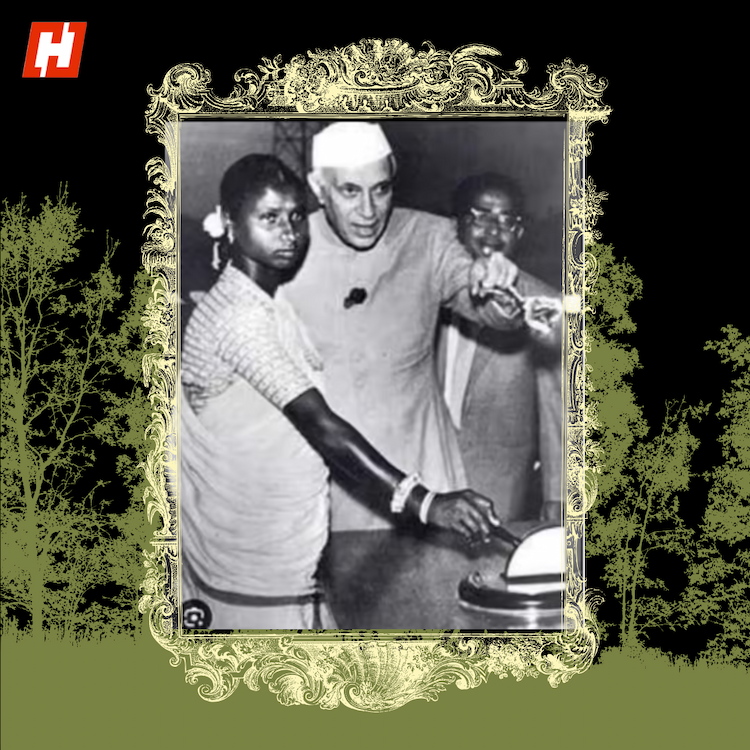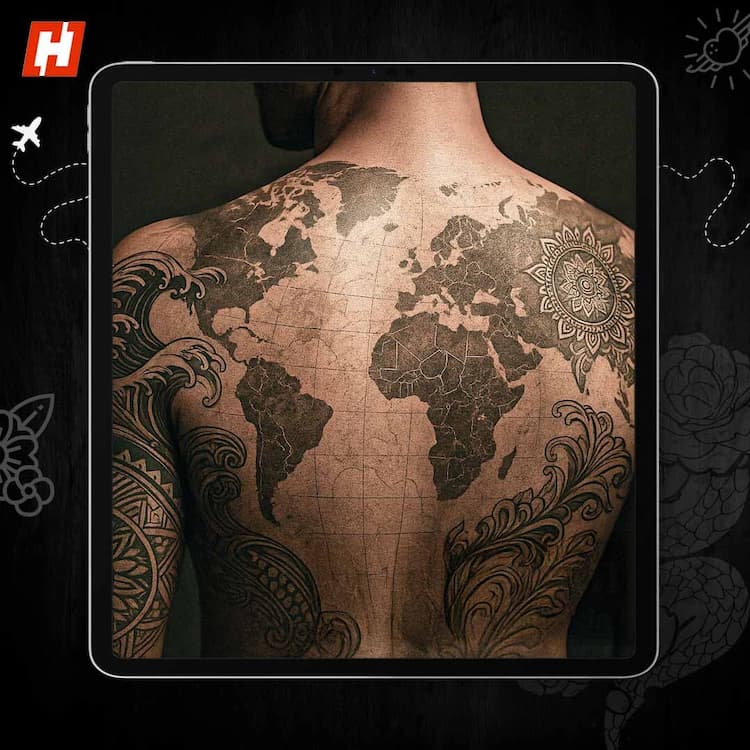India's cultural diversity isn't just embroidered in its clothing or echoed in its music—it walks the streets in leather, wood, wool, and even grass. From the royal courts of the Mughals to the icy terrains of Ladakh, traditional Indian footwear tells a story of craftsmanship, community, and climate-conscious design. Here's a closer look at five iconic styles that continue to charm both feet and hearts.
Mojaris: Mughal legacy in every stitch
Mojaris are arguably the most recognizable traditional shoes in India, known for their elegant pointed toes and intricate embroidery. Crafted primarily from leather, these shoes originated in Rajasthan and Punjab but gained prominence in Mughal courts. Worn by emperors and warriors alike, mojaris were symbols of luxury and power. Today, they’ve evolved into a fashion staple, often paired with ethnic wear during weddings and festivals. Despite their ornate look, mojaris remain deceptively durable, a testament to centuries-old artisanal skills.
Pabu: woollen warmth from Ladakh
In the frostbitten landscapes of Ladakh, footwear needs to be more than ornamental, it must be resilient. Enter Pabu, the woollen boot that’s stitched by hand and embroidered with bright, geometric motifs. These boots are made using felted wool for insulation and leather soles for durability. Designed to tackle the sub-zero winters of the Himalayas, Pabus aren't just warm, they're a cultural marker, often worn during traditional ceremonies and festivals, connecting generations through thread and tradition.
Padukas: The footwear of sages
Possibly the oldest form of Indian footwear, Padukas are typically carved from a single piece of wood. With a knob for the big toe, these minimalist sandals are more than just footwear, they're spiritual artifacts. Worn historically by ascetics, monks, and sages, padukas are often mentioned in Hindu epics like the Ramayana. In the tale, Lord Rama’s padukas symbolically rule his kingdom during his exile, embodying values like humility and devotion. Even today, replicas of padukas are worshipped in temples, standing as symbols of discipline and renunciation.
Pula chappals: Himachal’s eco-friendly sole
From the lush hills of Himachal Pradesh come Pula chappals, handwoven slippers made of dry grass and wool. Crafted during the winter months, these slippers are both cozy and environmentally sustainable. Locals often make them at home, using weaving patterns passed down through generations. With the rising global interest in sustainable fashion, Pula chappals are earning recognition as not just practical but deeply ecological footwear—a rare blend of comfort, tradition, and conscience.
Nagra Shoes: Nawabi grace without the glitter
Nagra shoes may resemble the jutti, but they trade embroidery for subtlety. With rounded fronts and soft leather construction, these shoes originated around Agra and Lucknow, cities synonymous with Nawabi elegance. While mojaris often speak the language of opulence, Nagras whisper class and comfort. Traditionally worn by nawabs, they’ve become popular for their understated sophistication and are often used as stylish alternatives to modern formal footwear.
Walking with history
India’s traditional footwear is more than functional, it’s a living archive. Each stitch, sole, and silhouette holds cultural memory, regional identity, and artisanal excellence. As the fashion world leans toward sustainability and heritage revival, these timeless soles are ready to make their mark once again, one handcrafted step at a time.






